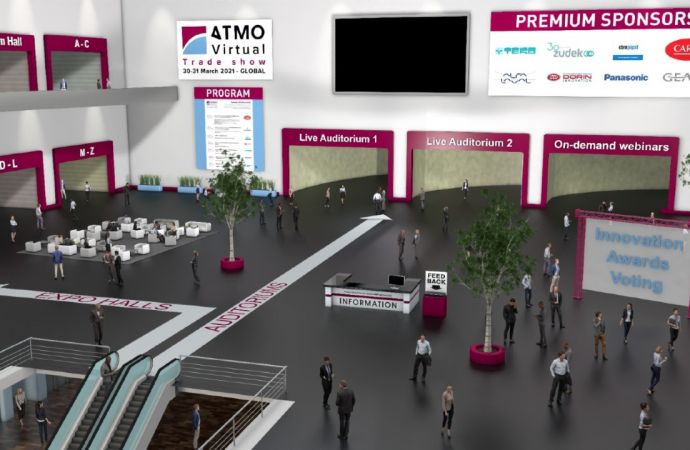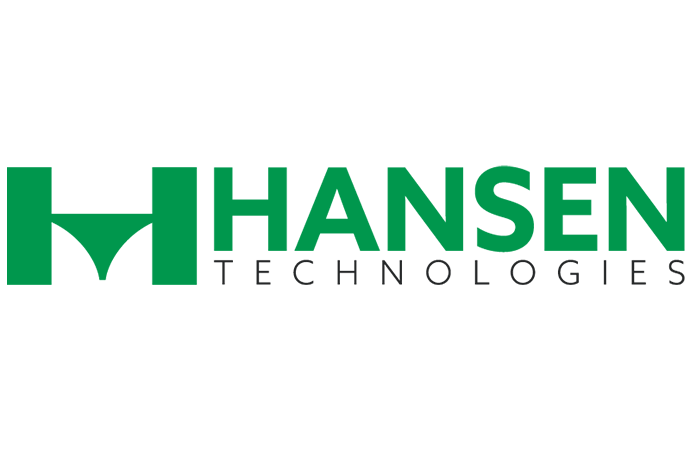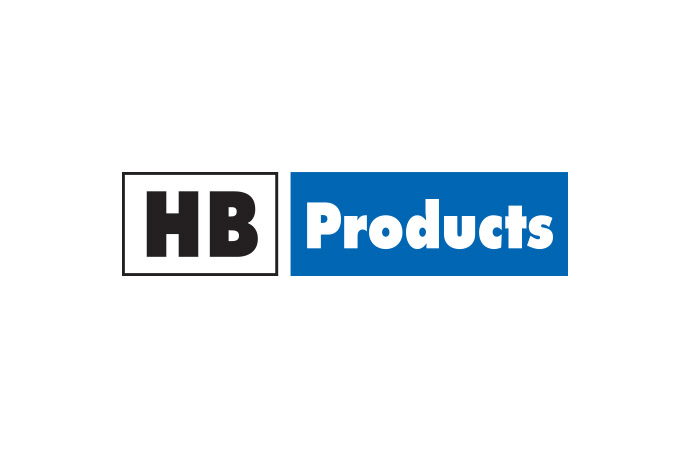A forum organised by eurammon on 10 October 2012 during Chillventa HVAC&R trade fair, discussed the situation of natural refrigerants in different countries, including in India, where ammonia represents about 95% of industrial refrigeration applications. However, the existing base of institutes and facilities offering training with natural refrigerants needs to be expanded to ensure good practices are followed and a good reputation for ammonia is maintained.

India’s growing economy and consumer middle class, has led to an increase in the consumption needs for food & drinks, which has directly led to an increased need for cold chain infrastructure and the use of refrigerants.
Training on the job rather than in practical classrooms
In India, the majority of technicians learn about natural refrigerants on the job, according to a presentation on the ‘Status of Natural Refrigerant in Indian Market’ provided by Mr. Samir Shah, Director, Metalex Cryogenics Ltd.
For most in the industry, the challenge lies in the development of good systems and solutions rather than the availability of equipment, as knowledge and training comes on the job rather than in practical classrooms. This is probably not unrelated to the current situation whereby ammonia refrigeration systems applied in the country are suffering from constant leakage, a safety issue that needs to be addressed.
Indeed, training facilities are lacking in India, and there is only a handful of institutes that offer primarily theoretical but not practical/on-site training. Hence the current base of natural refrigerant training Institutes needs to be expanded, adding to the following existing initiatives:
A major advantage: Ammonia refrigerant 12 times cheaper than R22 or R134a
Ammonia enjoys several advantages in India, including that it is:
Nonetheless the challenges for the ammonia industry are quite a few:
Ammonia used in 95% of India’s industrial refrigeration
Refrigeration is distributed across the country, with ammonia enjoying a more than 90% share in industrial applications and commodities the production of which are still expected to grow. For example:
Hence, there is a vast market potential for cold chain infrastructure in India.
Survey: 72% agreed that India would need to leap frog the use of HFCs
A second presentation on the “Status of Natural Refrigerants in Indian Market” was provided by Atul Padalkar Flora Institute of Technology, Pune, India. Mr Padalkar presented results of a survey carried out by the Indian Institute of Technology Kharagpur regarding the potential of natural refrigerants in India. 60% of respondents were from academia and 40% from industry.
The survey revealed a high level of natural refrigerant awareness, with:
The survey also found that the greatest potential for natural refrigerants exists in:
Training on the job rather than in practical classrooms
In India, the majority of technicians learn about natural refrigerants on the job, according to a presentation on the ‘Status of Natural Refrigerant in Indian Market’ provided by Mr. Samir Shah, Director, Metalex Cryogenics Ltd.
For most in the industry, the challenge lies in the development of good systems and solutions rather than the availability of equipment, as knowledge and training comes on the job rather than in practical classrooms. This is probably not unrelated to the current situation whereby ammonia refrigeration systems applied in the country are suffering from constant leakage, a safety issue that needs to be addressed.
Indeed, training facilities are lacking in India, and there is only a handful of institutes that offer primarily theoretical but not practical/on-site training. Hence the current base of natural refrigerant training Institutes needs to be expanded, adding to the following existing initiatives:
- Basic training available to become Apprentice at ITI (Industrial Training institute).
- Post Graduate Diploma on Cold Chain Business Management at Symbosis
- Diploma in Refrigeration & Air Conditioning Technician Course at Tamil Nadu Open University
- The National Horticultural Board organises training for operators & consultants in cold storages and the cold chain business, which is basic yet effective
- ISHRAE Course on Advance Diploma on Refrigeration & Air-conditioning
- Periodic Workshops AC&R Conducted by: ISHRAE / ASHRAE / AAR / AIACRA
A major advantage: Ammonia refrigerant 12 times cheaper than R22 or R134a
Ammonia enjoys several advantages in India, including that it is:
- Cheapest of the refrigerants: $1/kg versus $12/kg for R22 or R134a
- Most easily available all across India
- Known refrigerant to users / operators / sellers
- Compatible machinery for refrigeration, easily available at lower price
- Every technician is somehow knowledgeable
Nonetheless the challenges for the ammonia industry are quite a few:
- Technical - refrigeration engineering: non-availability of well-engineered systems.
- Technical - safety engineering: no consideration of system safety front, resulting in substantial leakage problems and rendering ammonia technology not acceptable in areas of dense human settlements.
- Supply & availability - materials, equipments, components, fluids: Often technologies are not available for large-scale implementation or are not affordable in India especially when commercial refrigeration is considered.
- Commercial (investment, profit, FDI): e.g. low margins of end users
Ammonia used in 95% of India’s industrial refrigeration
Refrigeration is distributed across the country, with ammonia enjoying a more than 90% share in industrial applications and commodities the production of which are still expected to grow. For example:
- Fruit: 98% of the 50 million MT in India rely on ammonia refrigeration. India holds the 9th position in the world when it comes to fruit production, a commodity the production of which is expected to grow in India by 18%
- Milk/dairy: 95% of the 127 million MT in India rely on ammonia refrigeration. The country holds the 1st position in the world when it comes to milk and dairy production, a commodity whose production is still expected to grow by 4%
- Poultry: 98% of the 648 million MT in India rely on ammonia refrigeration. India holds the 5th position in the world when it comes to poultry production, a commodity whose production is expected to grow in India by 8-15%
Hence, there is a vast market potential for cold chain infrastructure in India.
Survey: 72% agreed that India would need to leap frog the use of HFCs
A second presentation on the “Status of Natural Refrigerants in Indian Market” was provided by Atul Padalkar Flora Institute of Technology, Pune, India. Mr Padalkar presented results of a survey carried out by the Indian Institute of Technology Kharagpur regarding the potential of natural refrigerants in India. 60% of respondents were from academia and 40% from industry.
The survey revealed a high level of natural refrigerant awareness, with:
- All respondents saying that India would need to switch to natural refrigerants
- 72% agreeing that India would need to leap frog the use of HFCs and transition directly from HCFCs to natural refrigerants
- A large majority (81%) even knowing that solutions already existed
- 62% believed that CO2 based supermarket systems could become a reality in India
The survey also found that the greatest potential for natural refrigerants exists in:
- Hotel industry and supermarkets
- Family-owned small fresh food stores is expected to still hold the largest market share
- Air-conditioning in stores and cascade ammonia-CO2 refrigeration systems could promise a higher market penetration provided that global consumer brands would implement their natural refrigerant strategies in all world markets, including India
MORE INFORMATION
Related stories










_1522327086.png)

